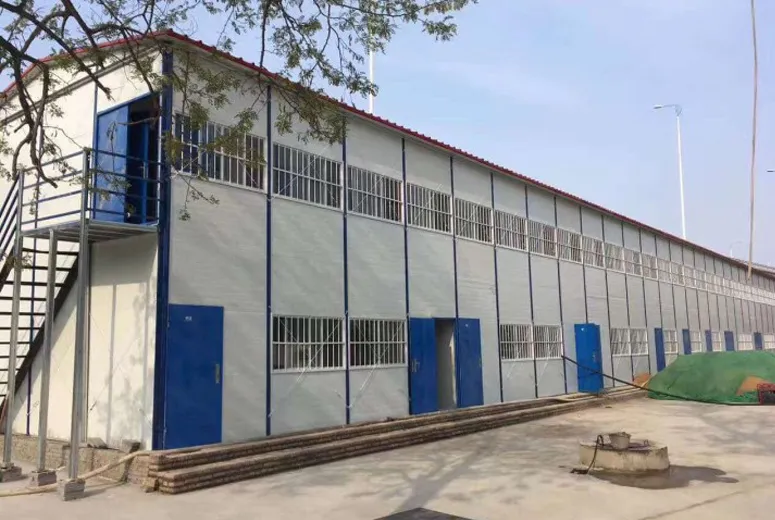- Afrikaans
- Albanian
- Amharic
- Arabic
- Armenian
- Azerbaijani
- Basque
- Belarusian
- Bengali
- Bosnian
- Bulgarian
- Catalan
- Cebuano
- Corsican
- Croatian
- Czech
- Danish
- Dutch
- English
- Esperanto
- Estonian
- Finnish
- French
- Frisian
- Galician
- Georgian
- German
- Greek
- Gujarati
- Haitian Creole
- hausa
- hawaiian
- Hebrew
- Hindi
- Miao
- Hungarian
- Icelandic
- igbo
- Indonesian
- irish
- Italian
- Japanese
- Javanese
- Kannada
- kazakh
- Khmer
- Rwandese
- Korean
- Kurdish
- Kyrgyz
- Lao
- Latin
- Latvian
- Lithuanian
- Luxembourgish
- Macedonian
- Malgashi
- Malay
- Malayalam
- Maltese
- Maori
- Marathi
- Mongolian
- Myanmar
- Nepali
- Norwegian
- Norwegian
- Occitan
- Pashto
- Persian
- Polish
- Portuguese
- Punjabi
- Romanian
- Russian
- Samoan
- Scottish Gaelic
- Serbian
- Sesotho
- Shona
- Sindhi
- Sinhala
- Slovak
- Slovenian
- Somali
- Spanish
- Sundanese
- Swahili
- Swedish
- Tagalog
- Tajik
- Tamil
- Tatar
- Telugu
- Thai
- Turkish
- Turkmen
- Ukrainian
- Urdu
- Uighur
- Uzbek
- Vietnamese
- Welsh
- Bantu
- Yiddish
- Yoruba
- Zulu
Nov . 01, 2024 10:14 Back to list
Designing a Steel Structure Factory Key Considerations
The design of a steel structure factory is a crucial task that involves several technical and practical considerations. Steel is a popular choice for industrial buildings due to its strength, durability, and flexibility. This article outlines the key elements that should be taken into account when designing a steel structure factory.
1. Purpose and Functionality
The primary step in factory design is to clearly define the intended purpose of the facility. Will it be used for manufacturing, assembly, or storage? Understanding the specific requirements helps in determining the layout, space allocation, and overall design of the factory. A well-planned factory will allow for efficient workflow and enhance productivity.
2. Structural System
Choosing the right structural system is fundamental to the factory’s performance. Common systems include the portal frame, multi-span frame, and the modular steel system, which contributes to faster construction times and lower labor costs. The design must ensure that the structure can support heavy machinery, equipment loads, and other operational demands.
3. Safety Codes and Regulations
Compliance with local building codes and safety regulations is essential in the design process. This ensures that the factory meets safety standards, thereby protecting employees and minimizing liability. Factors such as fire safety, emergency exits, and structural integrity under various load conditions must be meticulously planned and executed.
4. Energy Efficiency and Sustainability
steel structure factory design

Modern factories are increasingly designed with energy efficiency in mind. Utilizing materials and technologies that reduce the carbon footprint is crucial. Implementing insulation, energy-efficient lighting, and renewable energy sources like solar panels not only reduce operation costs but also promote corporate responsibility and sustainability.
Factories should be designed with future expansion in mind. This involves considering potential growth in production capacity or changes in product lines. Flexible designs and additional space can save substantial costs and reduce disruptions when modifications are needed.
6. Cost-Effectiveness
Maintaining a balance between quality and cost is a critical aspect of steel structure factory design. While steel is initially more expensive than other materials, its longevity and low maintenance requirements often result in lower lifecycle costs. Strategic procurement and efficient project management can also contribute to keeping costs within budget.
7. Aesthetic and Brand Alignment
Lastly, the design should reflect the company’s identity and ethos. An aesthetically pleasing factory can enhance employee morale and attract clients. Integrating elements of the corporate brand into the architectural design reinforces the company’s values and mission.
In conclusion, designing a steel structure factory demands careful planning and consideration across various aspects, including functionality, compliance, sustainability, and cost. A well-designed factory not only optimizes operational efficiency but also aligns with the broader goals of the organization, paving the way for future success.
-
How Do Prefabricated Steel Structures Transform Modern Construction?
NewsJul.14,2025
-
How Do Prefabricated Metal Buildings Redefine Modern Construction?
NewsJul.14,2025
-
How Do Prefab Insulated Metal Buildings and Steel Structures Revolutionize Modern Construction?
NewsJul.14,2025
-
How Do Pre - Engineered Steel Structures Redefine Modern Construction?
NewsJul.14,2025
-
Advancing Modular Construction with Prefabricated Metal Structures
NewsJul.14,2025
-
Advancing Industrial Infrastructure with Prefabricated Steel Solutions
NewsJul.14,2025
Products categories
Our Latest News
We have a professional design team and an excellent production and construction team.












